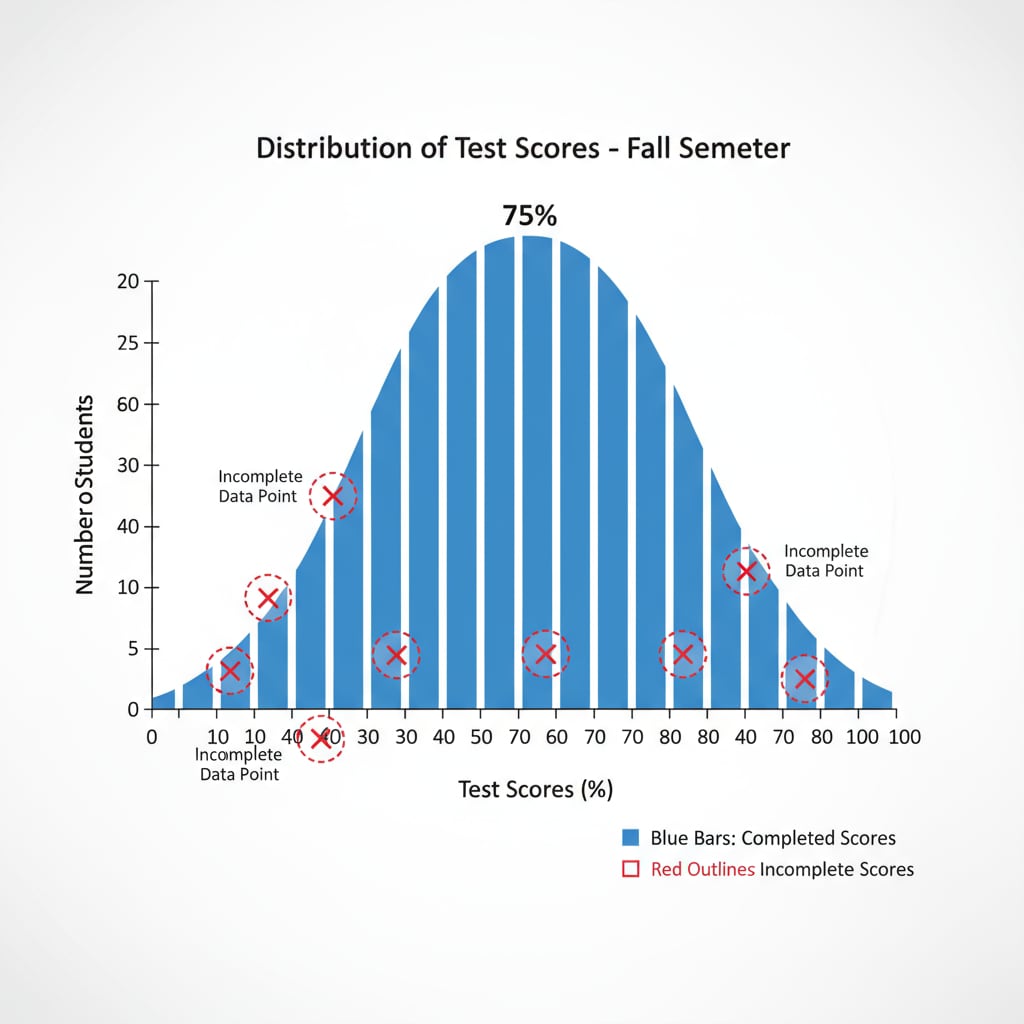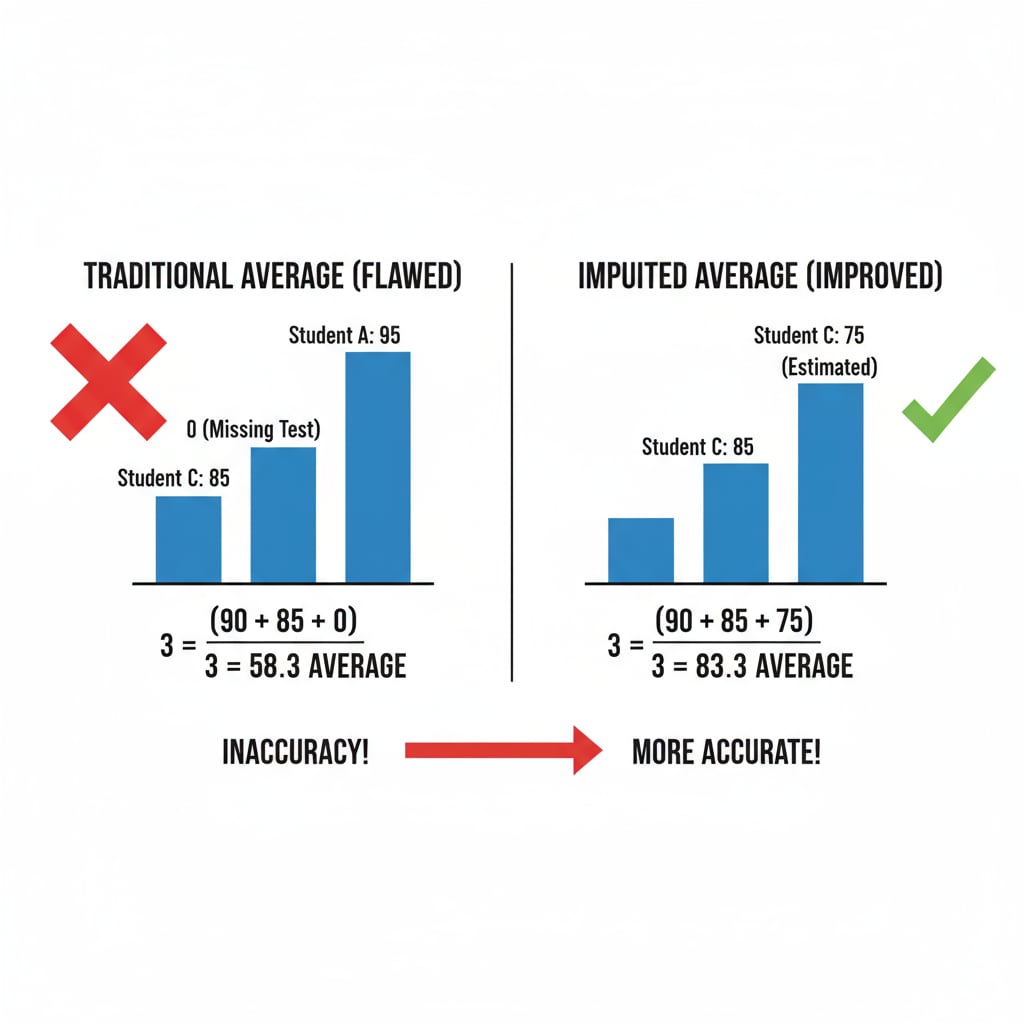In the realm of K12 education, datasets, test scores, and outliers are crucial elements when dealing with incomplete test data. Understanding how to manage these aspects is vital for educators to gain insights into students’ true learning progress.

The Challenge of Incomplete Test Scores
In K12 education, it’s not uncommon to encounter incomplete test scores. These can occur due to various reasons, such as students leaving questions unanswered or not finishing the entire test. When analyzing datasets, these incomplete scores can act as outliers, skewing the overall understanding of students’ performance. For example, a student who runs out of time on a math test may leave several questions blank, and this incomplete data can distort the average score of the class. As a result, educators may misinterpret the students’ actual knowledge and skills.
Limitations of Traditional Data Processing Methods
Traditional methods of handling test score data often struggle with incomplete information. Simply excluding incomplete scores from the dataset can lead to inaccurate results. This is because it may remove valuable data points that could provide insights into students’ learning patterns. Moreover, treating incomplete scores as zeroes can also be misleading. For instance, if a student leaves a few difficult questions unanswered but has a good understanding of the rest of the material, assigning a zero for those questions doesn’t reflect their true ability. Data processing on Wikipedia provides more details on the general challenges of handling data.

Multi-Dimensional Solutions
To address these issues, a multi-dimensional approach is needed. One solution is to use imputation techniques. This involves estimating the missing scores based on the available data. For example, if a student has answered most of the questions in a certain topic correctly, an educated guess can be made about the answers to the unanswered questions. Another approach is to analyze the context of the incomplete scores. Consider the time when the test was taken, the difficulty level of the questions left unanswered, and the student’s past performance. By combining these factors, educators can get a more accurate picture of the students’ learning. Educational evaluation on Britannica offers more information on assessment methods.
In conclusion, handling incomplete test scores in K12 education requires a careful balance of considering datasets, test scores, and outliers. By understanding the limitations of traditional methods and adopting multi-dimensional solutions, educators can gain a more accurate understanding of students’ real learning status, which is essential for providing effective teaching and support.
Readability guidance: Short paragraphs and lists are used to summarize key points. Each H2 section provides a list where possible. The proportion of passive voice and long sentences is controlled. Transition words like however, therefore, in addition, for example, and as a result are scattered throughout the text.


